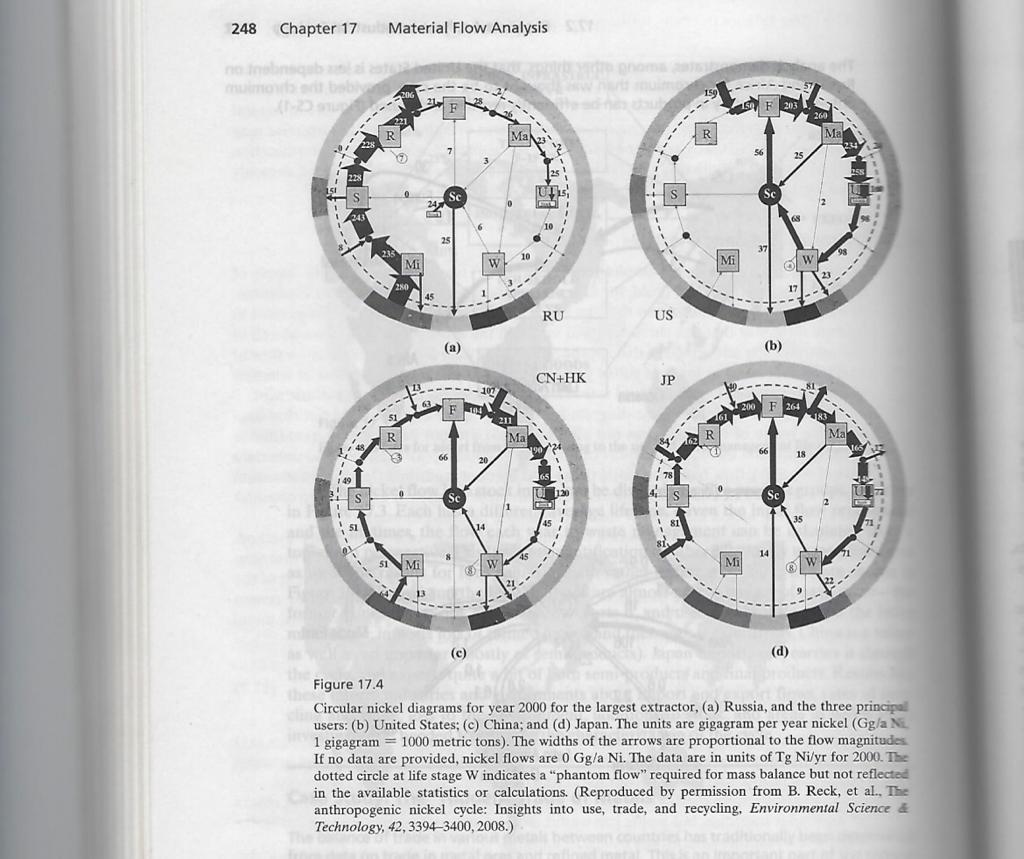Answered step by step
Verified Expert Solution
Question
1 Approved Answer
The nickel cycles of Figure 17.4 are not at steady state. What does this imply for glacial in-use reservoirs of nickel? Which reservoirs are changing
The nickel cycles of Figure 17.4 are not at steady state. What does this imply for glacial in-use reservoirs of nickel? Which reservoirs are changing most rapidly? What will be the change in the contents of cach of the in-use reservoirs after 10 years, given constant flow rates?
Step by Step Solution
There are 3 Steps involved in it
Step: 1

Get Instant Access to Expert-Tailored Solutions
See step-by-step solutions with expert insights and AI powered tools for academic success
Step: 2

Step: 3

Ace Your Homework with AI
Get the answers you need in no time with our AI-driven, step-by-step assistance
Get Started


